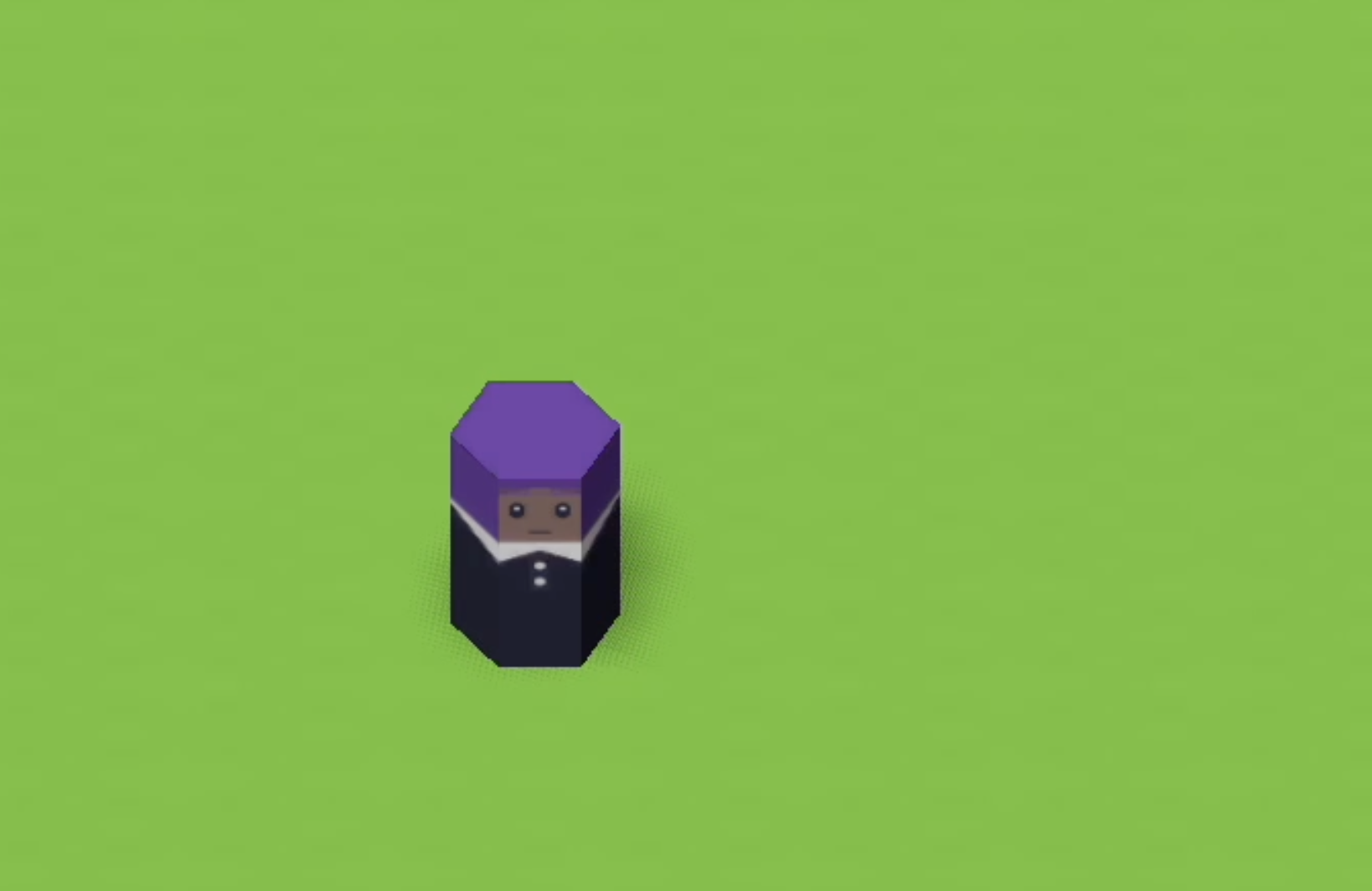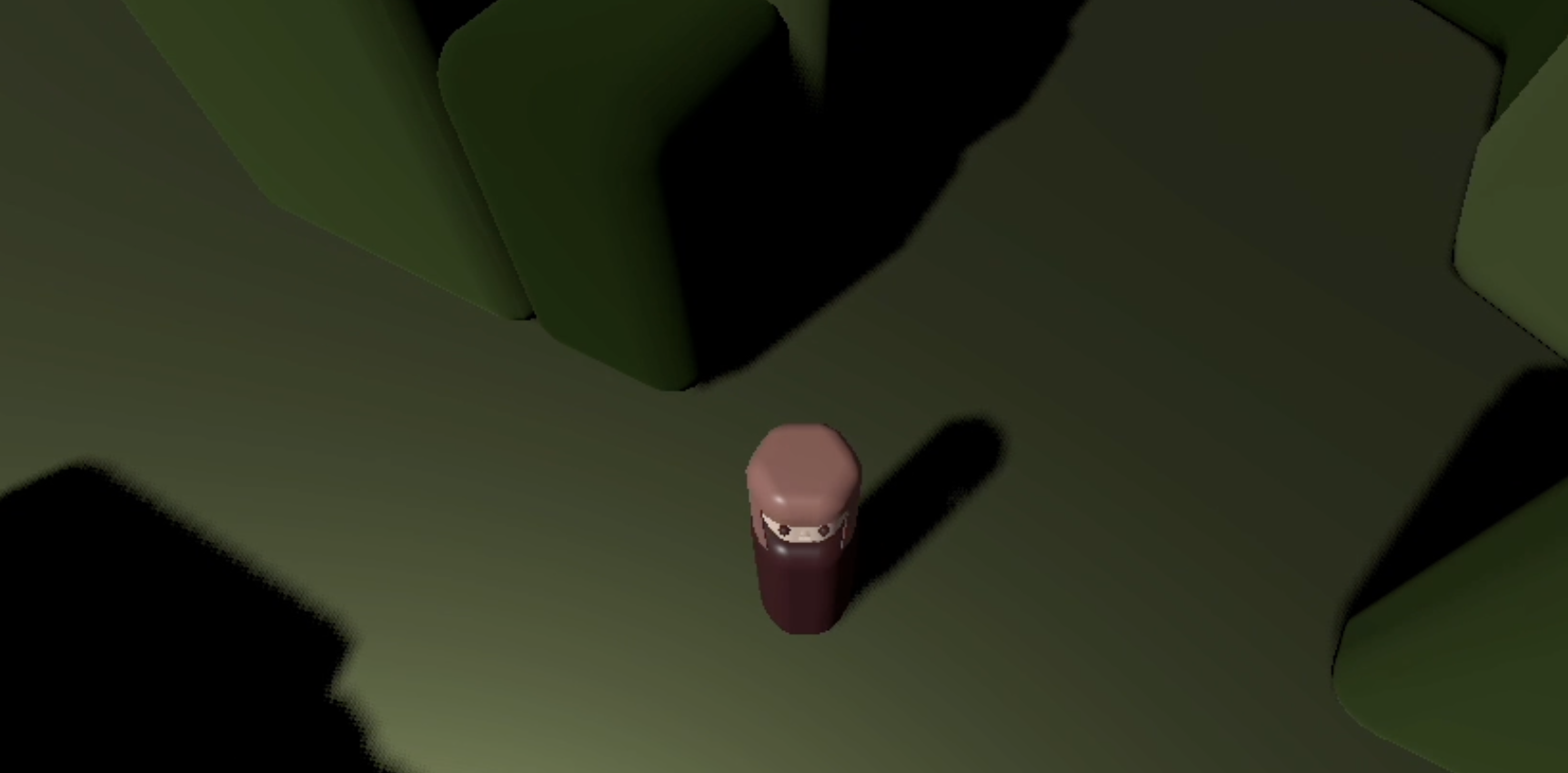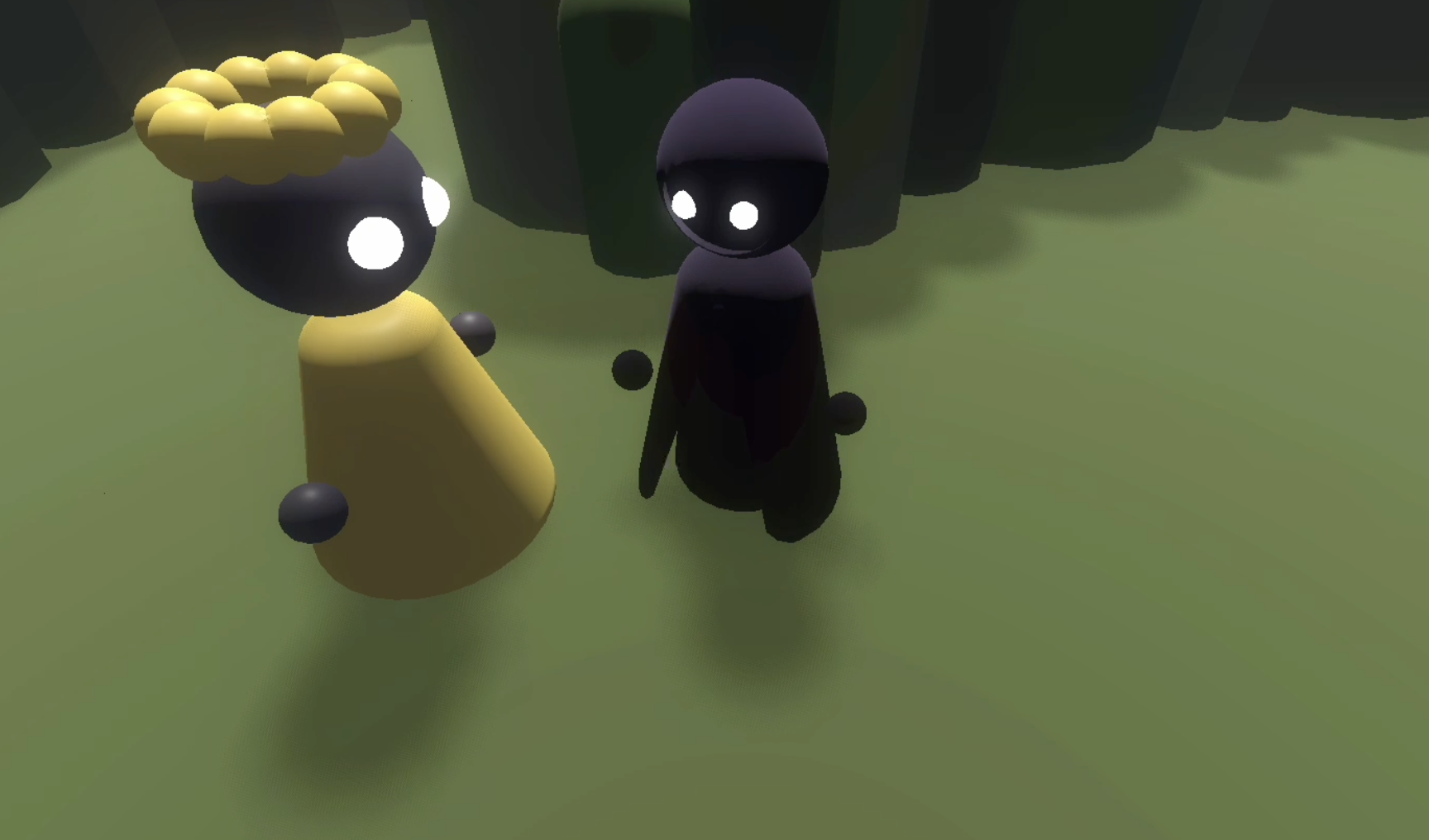In my last devlog, I wrote about why I’m making an RPG. I reminisced about old pixel moons and how limitations can become the most expressive parts of a story. What I didn’t talk about was the main character. I held that back, because Em deserves a whole post all to themselves.

Em is lost. They’re looking for answers—about who they are, who they’ve been, and why the world around them is so broken. Em wants to understand, to unearth, to piece the world back together, because that’s the only way forward. But Em is also intentionally ambiguous: not male or female, not young or old, not brown or white. Em is whoever the player brings into the game.
The ambiguity that now defines Em didn’t fully click until I went 3D. In 2D, the player already has to do the work of interpreting a flat image into depth. Push that abstraction too far, and it trips the uncanny. On top of this, there’s only so much room to play with skin tone or features before a character stops looking human and starts looking alien or robotic.
But 3D gave me more tools: posture, gesture, silhouette. When Em moves, the emotions are real. When Em stands still, they’re still readable. That let me simplify the face – no mouth, no nose – without losing connection. It also gave me the freedom to color Em in ways that signal metaphor rather than realism. Em has dark purple-grey skin, not because it stands in for a real-world identity, but because it floats above those assumptions.
Leaving room for the player’s personality in the definition of Em’s identity is an ongoing challenge. I’m always trying to strike a balance between specificity and openness: how do I write memories and dialogue that resonate with a wide range of people without reducing them to something vague or empty?
It’s my favorite kind of design problem. The moments that land best are the ones where the player feels like the story already knows them—as if something personal is being reflected back at just the right angle.

The world around Em is full of people who don’t have that same ambiguity. They’re situated. They have beliefs. They belong to cultures that shape and sometimes limit them. And within those cultures, they disagree with each other, support one another, push against traditions, or cling to them with both hands.
These NPCs aren’t exposition dumps. They’re textured people. I draw inspiration from my own international life and from the conversations I’ve had across languages, values, and ideologies. I’m not trying to caricature the world; I’m trying to reflect the layers of it. Everyone wants a good life. Everyone struggles when their worldview is challenged. That’s the human condition.
One of my favorite characters is the very first person you meet. She’s afraid—afraid of what’s beyond the gate she guards, afraid of the unknown. She mentions someone else who’s gone out already and never returned. Eventually, Em convinces her to help open the gate. Just one level later, you find her again. She thanks the player for helping her find her way home, saying, “You went through that gate and I realized that I couldn't keep living in fear.”
It’s the first of many small arcs where the characters aren’t just reacting to the world, they’re reacting to what the player says and does through Em.

This emotional entanglement continues throughout the game. Some cultures will challenge more than others, though which ones feel difficult will vary by player. But each is built from a place of empathy. I want the player to understand why people do what they do, even if they don’t agree with them.
When someone finishes the game, I hope it feels like finishing a great novel. I hope they care about the people and the fictional world they’re a part of and that they feel like they made their own memories and chose their own path, even if the game provided the rails.
Did you like this post? Tell us
Leave a comment
Log in with your itch.io account to leave a comment.